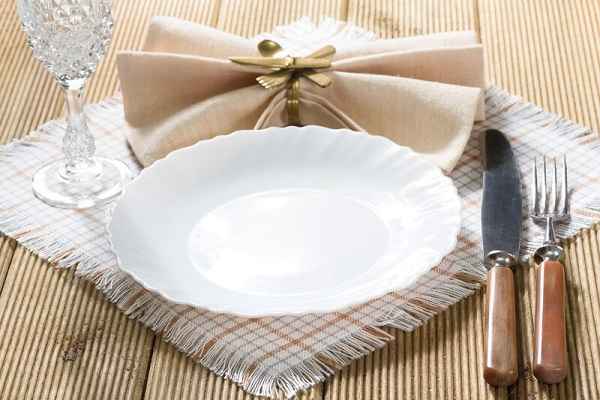Tarte Tatin

Ingredients
Sugar Dough
- 3 1/2 cups all-purpose flour
- 2 sticks unsalted butter, cut into small cubes and kept very cold
- 1 generous cup confectioner's sugar
- Pinch of granulated sugar
- 2 whole eggs
- Extra flour for forming and rolling
Tarte
- 6 pounds firm tart apples, medium size
- 1 lemon, cut in half
- 2 cups granulated sugar
- 1 3/4 sticks unsalted butter, sliced into pats and chilled
- Whipped cream for serving (optional)
Instructions
- Make the sugar dough at least two hours in advance. Place flour in food processor fitted with metal blade. Add butter cubes and pulse briefly until they begin to incorporate into the flour. Add sugars and salt; pulse briefly. Add eggs and run food processor until the moment the dough clumps into a ball on one side of the blade. Do not over-process or the butter will become too soft. Dough should be soft and pliant, but not sticky. If it is, add a teaspoon or two of flour.
- Place dough on a cutting board; divide in two equal parts, and gently form each into a rough disk about 1-inch thick. Wrap in plastic wrap and chill in refrigerator for at least two hours, until disks become firm. Extra dough can be frozen for up to two months.
- Line range top and drip pans with aluminum foil.
- For the tarte, heat oven to 400 degrees. Make sure you have enough apples by placing them whole and unpeeled in the pan. You should have enough to fill the pan, + three or four extra - you're better off peeling more than you need. Peel and core apples. Slice them in half vertically and rub with a cut lemon to retard browning.
- Place sugar in pan, covering the bottom evenly. Cover completely with slices of cold butter. Place over medium-high heat.
- As butter and sugar begin to melt, arrange apples in concentric circles on top of the sugar, standing them on their edge so that the cored centers are horizontal. You should be able to get about two rings in a 10 inch pan. They should be tightly packed, as they will shrink during cooking.
- Cook apples until a deep golden caramel begins to form, about 10 minutes on the first side, and 5 to 8 minutes on the second, turning each apple gently with a two-pronged fork without removing it from formation. When turning the apples, you may wish to add an extra apple half to the center, where the fruit has shrunk and left space.
- The caramelizing process will create a messy, frothy bubble that can overflow the pan. That is normal. Beware if the pan gets too dry, your caramel might be ready to burn.
- Remove from heat and let apples cool slightly.
- Remove dough from refrigerator and roll over a flour-dusted surface into a circle slightly larger than the pan, turning the dough a quarter-turn after every roll to assure an even circle. It should be about a quarter-inch thick, or just less.
- Gently roll the pastry onto the rolling pin, starting at the point farthest from you and rolling it toward you. Carefully unroll the dough over the pan so that it is completely covered, tucking the excess dough down into the pan around the edges of the apples. Work fast so that the dough is not softened by the heat of the apples. Patch any holes in the crust with excess dough. Cut 6 quarter-inch vents into the dough to allow steam to escape
- Bake on bottom third of the oven until the pastry is crisp and golden brown, 20 to 25 minutes.
- Let tart cool in the pan for 5 to 10 minutes.
- Unmold the tart by placing a large plate over pan and flipping it over so the plate is on bottom, the pan on top. Remove pan, but be careful because any juice that is left may splash.
- If any apple sticks to the bottom of the pan, transfer it to the top of the tart with a spatula.
- Serve warm, with whipped cream on the side.
Attribution
Recipe credit: Pampered Chef

